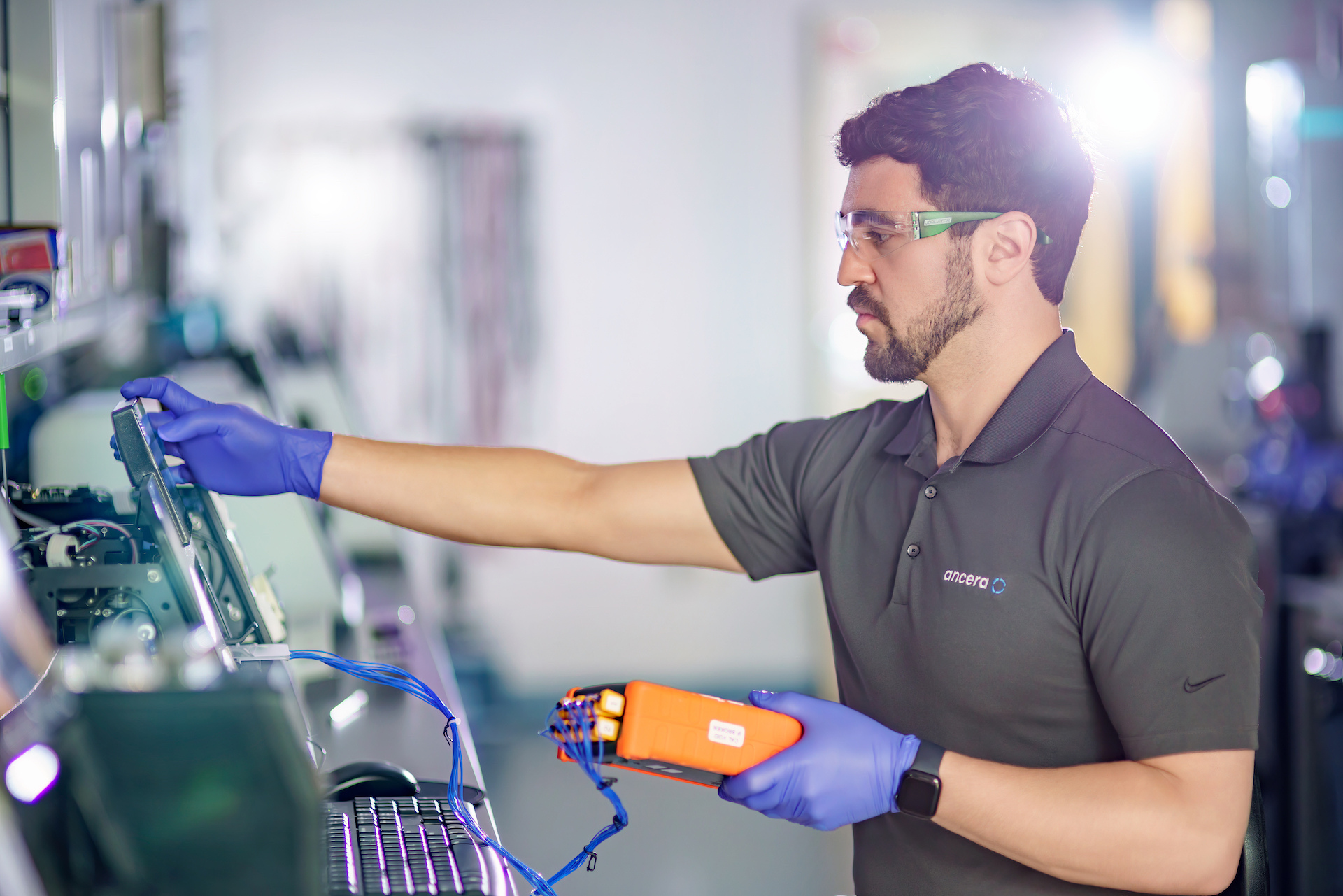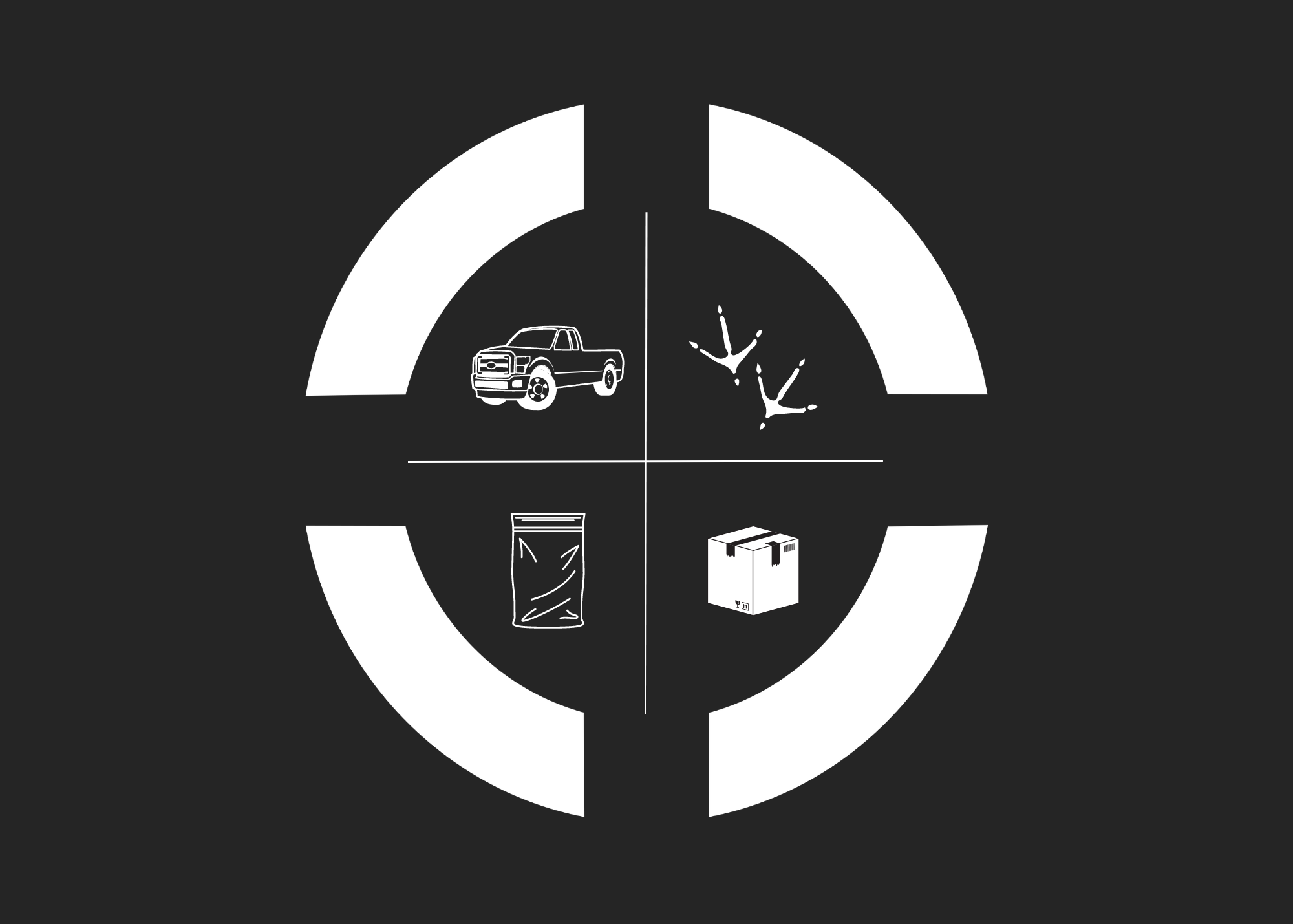In the poultry industry, margins are razor-thin, and every penny spent needs to pull its weight. For too long, poultry companies have leaned on diagnostics and contract labs as a crutch, ticking compliance boxes and relying on gut instinct to make important decisions. But outdated tools and guesswork does not make for a reliable strategy, and more tests aren’t the answer.

Publication
Deep Serotyping Provides New Roadmaps for Managing Salmonella in Poultry
Traditional methods to detect Salmonella in poultry and trace outbreaks often fail to give the full picture of the threat in enough time for integrators to act. This lack of oversight limits the effectiveness of intervention strategies designed to mitigate Salmonella transmission.
The risk of foodborne illness, product recalls, and economic burdens associated with Salmonella have prompted poultry companies to expand mitigation efforts to include live production.
Vaccination and other management practices have helped to reduce the flow of Salmonella from live production to processing, but quickly and accurately identifying Salmonella serovars circulating in flocks has proved challenging.
Fortunately, new technology is helping producers get a better read on Salmonella so they can fine-tune control efforts and greatly reduce the costs and liabilities associated with this foodborne pathogen.
Deep serotyping gives new clarity
Over the past 2 years, a process known as deep serotyping -- a multiplexed sequencing technique for detecting several serovars in a single sample -- has provided a new lens for monitoring Salmonella risk throughout the poultry supply chain. Using CRISPR-SeroSeq gene sequencing technology, deep serotyping can detect all Salmonella serotypes comprehensively and reliably in a single test.
There are five Salmonella serotypes most commonly involved in human-health outbreaks: Enteriditis, Heidelberg, Infantis, Typhimurium and enterica I 4,[5],12:i:-. According to a report by the World Health Organization, more than 2,500 different serotypes have been identified to date. This significant difference between the number of serotypes that affect human health versus the number of existing serotypes has caused much confusion in traditional detection methods.
One of the challenges of traditional Salmonella culture testing is the lack of clarity in its results. These methods often only detect the fastest growing serotypes and are unable to identify the specific serotype and whether it is a known threat to the food supply chain. PCR-based testing also struggles to detect the co-presence of multiple serotypes. Deep serotyping’s recognition technology circumvents the problem of “detecting the fastest growers” and instead takes a census of all serotypes present in a population.
Veterinarians and integrators in the poultry industry are interested in how deep serotyping can give new visibility to live production intervention techniques and efficacy.
Translating data into decisions
To determine whether deep serotyping Salmonella could improve health data and productivity, Ancera partnered with one of the largest poultry companies in the US to conduct a live-production monitoring program.
The company was lacking live-side visibility into their Salmonella risk and wanted to more comprehensively understand all serotypes present and transmission patterns both vertically and horizontally. It was also interested in exploring solutions to achieve compliance with new USDA regulations, which focus on not only reducing Salmonella, but also identifying and mitigating specific serotypes.
The 1-year monitoring program included regular sample collection across all breeder farms using a boot swab fecal-collection method. Ancera scientists processed samples at the company’s commercial labs using deep serotyping. They analyzed the data and uploaded it to a digital platform each week. The scientists also performed non-invasive testing down to the house level to provide maximum visibility and traceability.
Deep serotyping at work
After analyzing and sequencing each sample, Ancera scientists paired deep serotyping with the company’s privately curated library of all CRISPR regions associated with each Salmonella serotype to eliminate accuracy challenges and sensitivity biases associated with other methodologies.
After generating the raw data, Ancera extrapolated the results with scalable methods and data science techniques to show the prevalence and risk at a population level (Figure 1).
Ancera’s Salmonella System Monitoring detected 61 serotypes across live operations. The analytics system then reports the overall prevalence of each serotype along with farm-level details.

Ancera scientists applied risk analytics and traceability software before uploading the data to the poultry company’s portal. The data helped the company quickly monitor risk and take action against serotypes of concern in their supply chain.
Rare serotypes discovered
For this large poultry company, the results of monitoring for Salmonella serotypes were largely reassuring. Of the thousands of Salmonella serotypes, only small traces of serotypes like Kentucky were found in several samples. Kentucky is one of the most common serotypes found in American poultry complexes and does not pose a major known health concern. Still, this level of visibility and traceability allowed this integrator to mitigate the spread of this less-harmful serotype.
One surprising finding in the program was the discovery of three rare serotypes, all of which have been largely unobserved and unstudied in live production: Kedougou, Soerenga and Ouakam. The ability to trace and identify Salmonella serotypes of high and medium risk allowed the company to focus on new cleaning-intervention standards in targeted houses where the rare serotypes were observed.
Ouakam serotype discovery sparks investigation
Low risk serotypes like Ouakam are rare, but with new information, integrators can better control for them and track ongoing prevalence. The identification of the Ouakam serotype (Figure 2) during this monitoring program prompted the company’s in-house poultry veterinarians to learn more about the complexities of this transmission.
Ouakam is a rare Salmonella serotype associated with foodborne illnesses. Available research on the little-known serotype shows evidence of Ouakam prevalence in swine farm environments, which led veterinarians to investigate potential transmission from a nearby farm operation.

A new layer of complexity in managing Salmonella risk emphasizes the importance of understanding of how these pathogens move -- not only vertically within an operation, but also horizontally across nearby farming operations.
The poultry company introduced action items including in-depth studies to examine the environmental and operational link between poultry and nearby farms. Understanding these connections helped them to evaluate their risk to develop strategies to prevent transmission and ensure the integrity of their food supply chain.
Intervention effectiveness and traceability
At the center of a Salmonella mitigation strategy is the ability to trace its transmission from the earliest stages of a bird's life (Figure 3). Deep serotyping unlocks horizontal and vertical transmission patterns. By using deep serotyping to trace Salmonella -- both forward to potential points of exposure and backward to identify the original source -- integrators can monitor the prevalence of the entire changing serotype ecology throughout their entire population.

The granularity of data that comes from deep serotyping allows for targeted and efficient interventions at the highest risk locations. This level of detail allows producers to deploy more effective control programs and use costly interventions, such as organic acids, precisely where they are needed.
As new USDA Food Safety and Inspection Service regulations emphasize the need to monitor for multiple serotypes before they enter a plant, poultry companies employing this technology are better positioned to comply with new compliance requirements and ensure their brand’s integrity.
Deep serotyping in pre-harvest monitoring delivers a shift toward accountability and evidence-based decision-making. Armed with comprehensive data on the presence and transmission patterns of various Salmonella serotypes, producers can make informed decisions that are grounded in science.










.png)






























